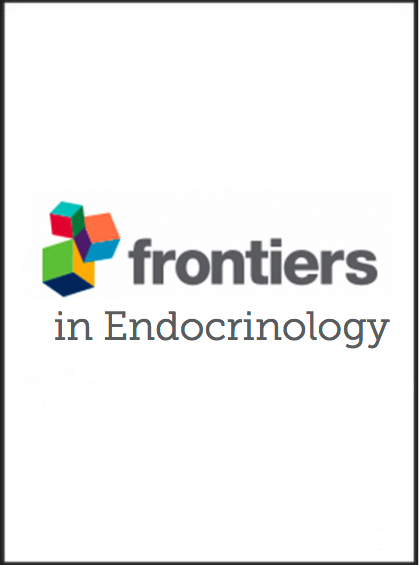Sex differences in diet-induced MASLD - are female mice naturally protected?
Abstract
Males suffer more often from profibrotic changes in liver than females. The underlying mechanism for this sex difference in the prevalence and manifestation of Metabolic dysfunction-associated Steatotic Liver Disease (MASLD) is not yet completely known. We studied male and female mice that were induced to develop MASLD by consuming a "fast food" diet (FFD) and assessed metabolic phenotype as well as liver histology and compared them with mice fed with a matched control diet (CD). Our aim was to check for sex-specific differences in MASLD development in a mouse model of diet-induced profibrotic changes in the liver. Our results demonstrate a clear difference in body weight, fat distribution and changes in liver tissue for male and female mice fed with FFD. We found that female mice stored lipids mainly in subcutaneous and visceral adipose tissue while males increased ectopic lipid accumulation in the liver which resulted in hepatomegaly and increased transforming growth factor β 1 (Tgfb1) and collagen I (Col1a1) expression concomitant to fibrosis development. This was absent in female mice. Analysis of estrogen receptor -α (Esr1) and -β (Esr2) expression revealed an upregulation of Esr2 in livers of male FFD-fed mice whereas in female liver tissue a higher expression in Esr1 could be observed. This study supports Esr1 and Esr2 as potential targets to reverse negative effects of diet-induced profibrotic changes in the liver.

 求助内容:
求助内容: 应助结果提醒方式:
应助结果提醒方式:


